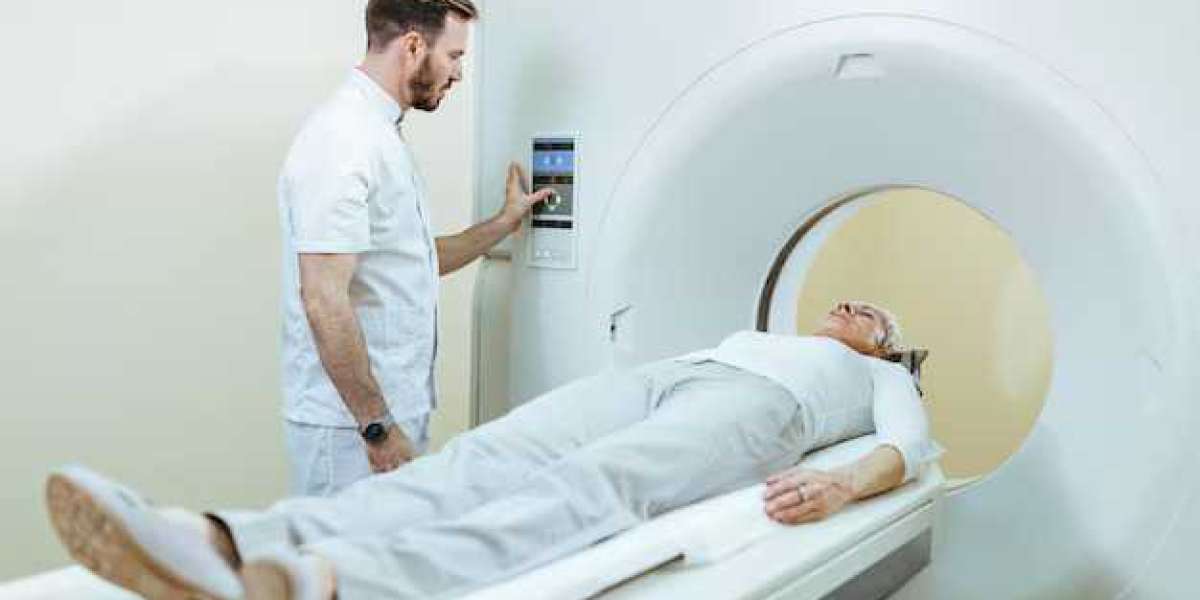Undergoing radiation oncology treatment can be a vital part of a cancer care plan, but it can also raise many questions. Whether you’ve already been diagnosed with cancer or are exploring treatment options, it’s natural to want to understand what happens during a radiation oncology session. Radiation therapy is an essential treatment used to target cancer cells and stop them from growing or spreading. Understanding the process can help reduce anxiety and prepare you for your treatment journey.
This article takes you through the step-by-step process of a typical radiation oncology session, offering a clear, easy-to-follow guide that will help you feel more confident and informed. Whether you’re seeking Radiation Oncology Treatment in Chennai or elsewhere, this guide aims to provide clarity and peace of mind during your cancer treatment experience.
Step 1: Initial Consultation and Assessment
Before beginning any radiation oncology treatment, you’ll have an initial consultation with your radiation oncologist. This is a critical first step where your doctor will review your medical history, cancer diagnosis, and treatment options. The oncologist will discuss your specific needs and decide if radiation therapy is the right option for you.
The consultation also involves discussing potential side effects, treatment goals, and the number of sessions you may need. In this stage, it’s important to feel comfortable asking any questions you might have about the process, the expected results, and how radiation therapy fits into your overall treatment plan. The team will also gather detailed information through scans (such as CT, MRI, or PET scans) to evaluate the tumor’s size, location, and shape.
Step 2: Simulation and Treatment Planning
The next step is the simulation process, where doctors plan how to deliver the radiation. This phase is a crucial part of ensuring that the treatment is as effective and precise as possible. During simulation, you’ll be asked to lie on a treatment table in a specific position, and your doctor will use imaging technology to locate the tumor accurately.
To ensure the radiation is delivered precisely to the right area, small tattoos or marks may be placed on your skin to guide the positioning of the radiation beams. These marks are very small and permanent but are necessary to maintain the accuracy of your treatments throughout the course of therapy. This step may take about 30 minutes to an hour, depending on the complexity of your case. It’s important to stay as still as possible during this session, as it helps in obtaining precise imaging that will be used for treatment planning.
Step 3: Preparing for Radiation Treatment
After the planning and simulation stage, you’re ready for the first radiation treatment. The preparation process may vary slightly depending on the type of radiation therapy being used, but the goal is to ensure you’re positioned correctly and comfortable throughout the session. The treatment team will check that the tattoo marks or positioning devices are in place.
In some cases, you may be asked to change into a hospital gown for the session, although many facilities allow you to remain in your own clothes, depending on where the radiation is being targeted. Radiation therapy is typically painless, and there’s no need for anesthesia. You may be asked to lie still on the treatment table for a few minutes, and the machine will be adjusted accordingly. Your radiation therapist will be in the room to ensure everything goes smoothly, although they will leave the room when the radiation is being delivered.
Step 4: The Radiation Treatment Session
During the actual radiation therapy session, a machine known as a linear accelerator (LINAC) will be used to deliver high-energy X-rays or particles to the cancerous area. The radiation beams are precisely aimed at the tumor to destroy cancer cells. The treatment itself is quick, usually lasting only a few minutes, although you may spend a little more time on the table depending on your treatment plan.
It’s important to note that while the radiation oncology session is typically painless, you won’t feel the radiation as it’s being delivered. Most patients simply feel a sense of relaxation as they lie on the table. However, some may experience minor side effects such as a warm sensation in the treated area, though this is generally brief. The radiation therapist will be monitoring you throughout the treatment session from a separate room, ensuring your safety and comfort.
Step 5: Post-Treatment Care and Follow-Up
After the radiation treatment, you’ll be able to leave the treatment room and resume your normal daily activities. There are generally no immediate side effects, although it’s important to follow any post-treatment instructions your oncologist or radiation therapist provides. Some patients may experience mild fatigue or skin changes in the treated area, which are common after radiation therapy.
Follow-up appointments are essential to monitor your progress and manage any side effects. Your doctor will review your response to the treatment, discuss any concerns, and make adjustments if needed. The frequency of follow-up visits will depend on the type of cancer being treated, the radiation dose, and how well you’re responding to the therapy.
Step 6: Ongoing Treatment and Adjustments
Radiation therapy is often given in fractions, meaning you’ll receive a series of treatments over several days or weeks. The number of sessions will depend on factors such as the type of cancer, the location of the tumor, and the overall treatment plan. Typically, radiation therapy is given five days a week, with breaks on weekends to allow healthy tissue to recover.
Throughout the course of your treatment, the radiation oncologist may adjust the treatment plan based on how your tumor responds. Adaptive radiation therapy (ART), for example, may be used to modify your treatment plan if there are changes in the tumor’s size or shape during the course of treatment. This ensures that the radiation continues to target the tumor as effectively as possible.
Step 7: Side Effects and Management
While radiation therapy is generally well-tolerated, there can be side effects, which vary depending on the area being treated. Common side effects include skin irritation, fatigue, and mild swelling or redness in the treated area. For instance, if you’re receiving radiation therapy for breast cancer, you may experience some skin redness or dryness in the chest area.
Managing side effects is a key part of cancer treatment, and your doctor will work with you to minimize discomfort. Medications may be prescribed to help with pain or nausea, and your radiation team may recommend specific skincare products to soothe irritated skin. It’s important to report any side effects or discomfort to your healthcare team immediately, as early intervention can help prevent complications and improve your quality of life during treatment.
Radiation Oncology Treatment in Chennai
For patients seeking Radiation Oncology Treatment in Chennai, numerous world-class cancer centers offer the latest technology and a compassionate care team to guide you through every step of your journey. Whether you’re undergoing radiation therapy for breast cancer, prostate cancer, or other types, Chennai’s top healthcare facilities provide a comprehensive approach to treatment, ensuring that patients receive personalized, effective care in a supportive environment.
Conclusion:
Understanding the process of a radiation oncology session can greatly reduce the anxiety and uncertainty that often accompanies cancer treatment. By being informed about the steps involved, you can better prepare for each stage of your treatment and feel empowered throughout the journey. If you’re considering Radiation Oncology Treatment in Chennai, trust in the expertise and advanced care available at institutions like ICCG India. They are committed to providing the highest quality of care, ensuring that every patient receives treatment tailored to their needs and delivered with compassion.








